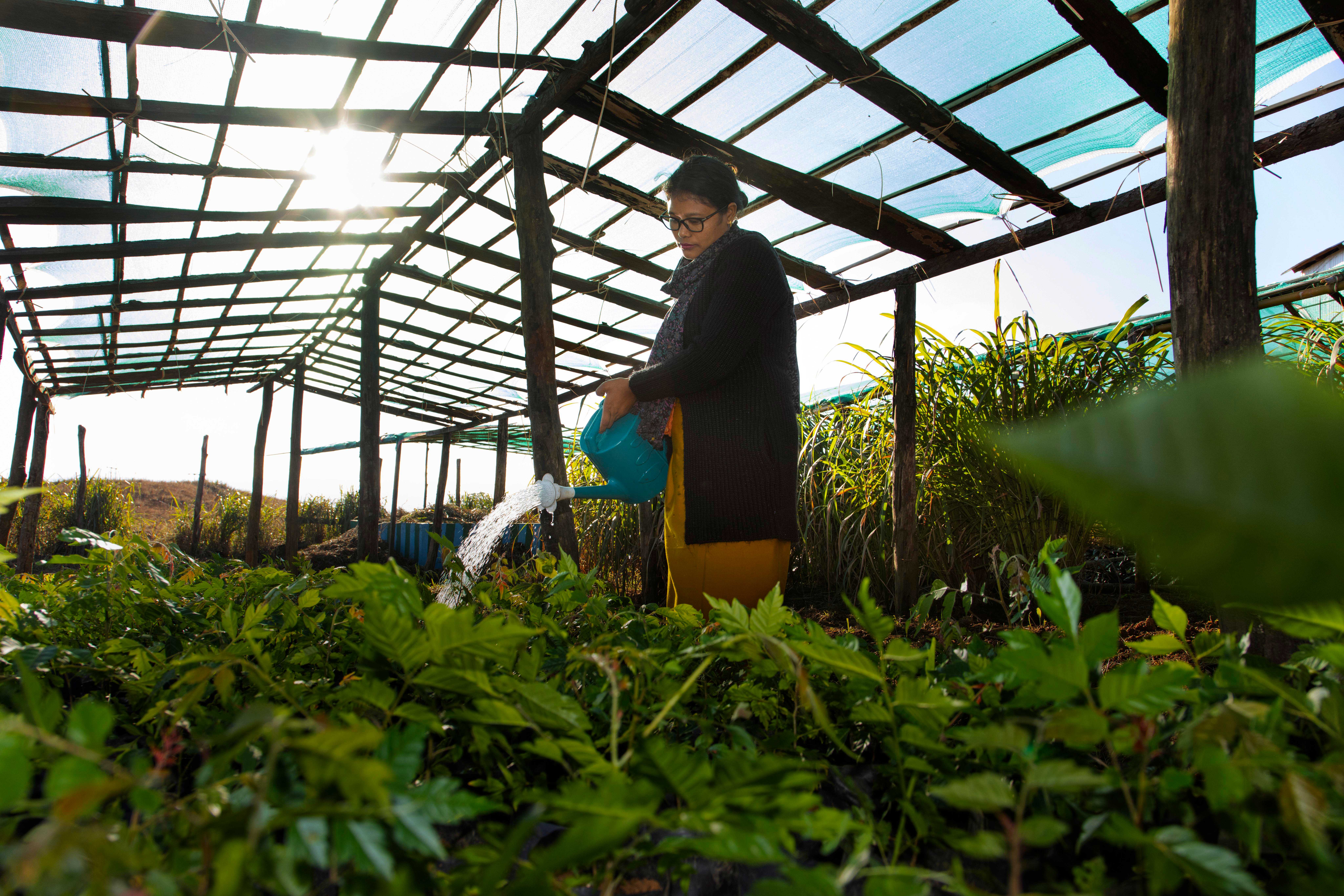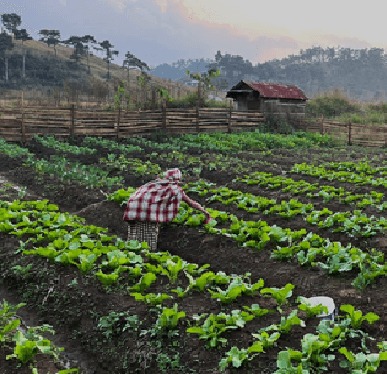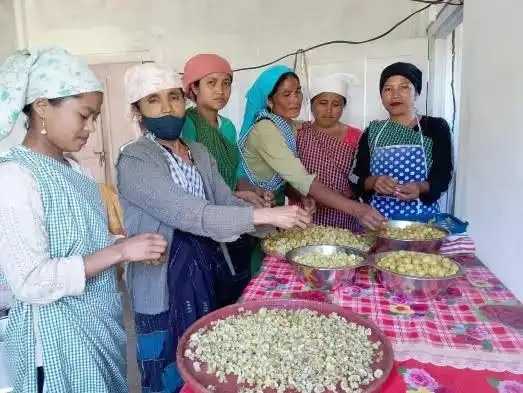 A Case Study on Nongmadan Shadsngi
A Case Study on Nongmadan ShadsngiNongmadan Shadsngi, one of the CLLMP villages, had a desire to conserve the forest cover of the forests that are present in this village since the forests play a significant part in enhancing the village’s water supply for everyday use. However, the uncontrolled deforestation within the village, which causes shortages in water supply and soil erosion, has had a significant impact on the ecosystem and the people’s ability to access clean drinking water. Furthermore, because of torrential rains that wash away the fertile topsoil, the farmers also have difficulty cultivating as the soil becomes infertile.
The introduction of the Community Led Landscape Management Project funded by World Bank in the village has greatly benefited the community. The villagers have been able to use its interventions to find solutions to problems they have been encountering in relation to the frequency of wildfires and the shortage of clean drinking water. With help from CLLMP, the people have taken steps to resolve these problems by establishing recharge pits, check dams, and planting more trees, especially at the recharge areas. The three forests—Kliar Wahumrem, Law-adong Wahkhongoi, and Law-adong Riatlwai—were steadily losing its forest cover due to wildfires and uncontrolled deforestation; however, with the interventions of bio-fencing and fire line control, individuals no longer attempt to encroach on forests.
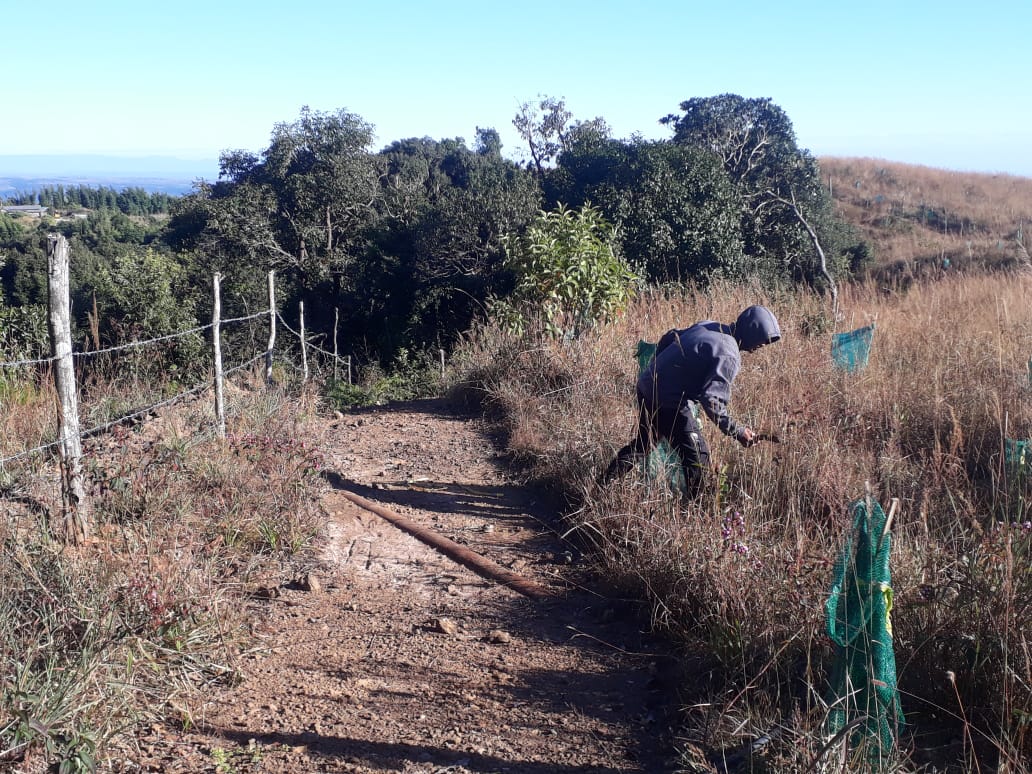
The village also formed the Village Natural Resource Management Committee (VNRMC), which consists of 9 members, including 5 men and 4 women. Women from this village participate in the meetings, where they share their thoughts and opinions about the CLLMP initiative. Additionally, they engage in interventions like the check dam, community nurseries, and tree planting. They participate in environmental education initiatives and teach the village’s young people how to protect the environment. The best gift we can give our children is access to clean water, fresh air, and a diversity of forests, as the community members stated in their closing remarks.
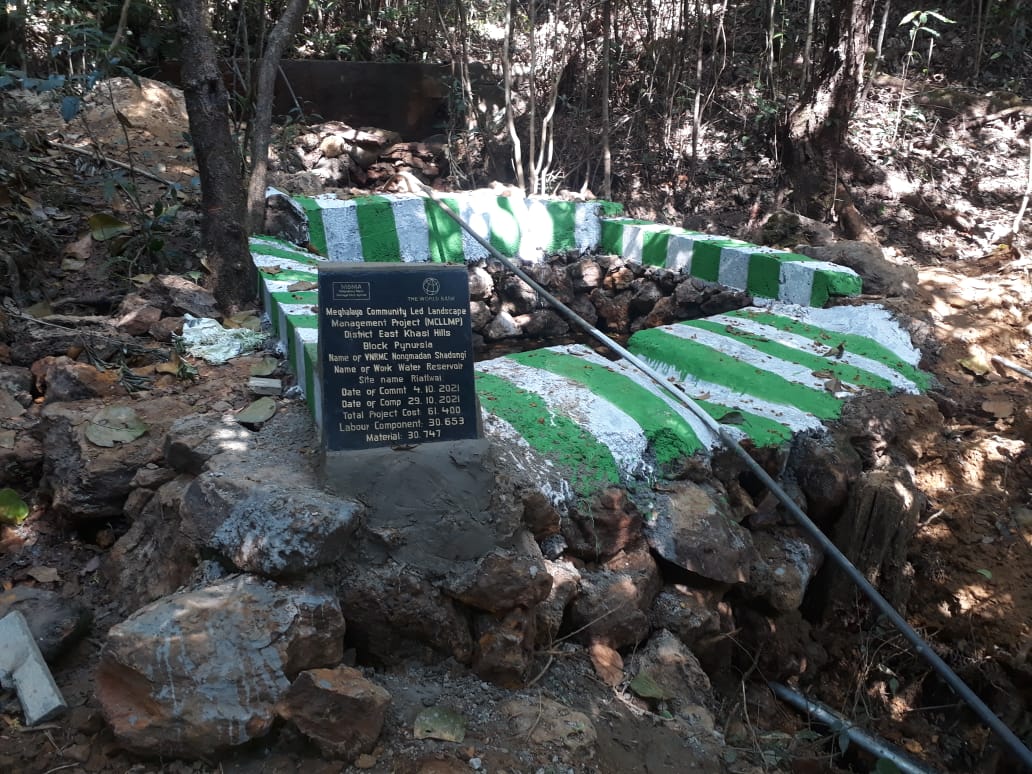
The majority of the population works in farming, and the other inhabitants are engaged as daily wage workers, in businesses, or in the government sector. The elders of the community claimed that a plague that ravaged the village of Shadsngi between 1922 and 1923 drove the inhabitants to flee to Nongmadan, a neighboring village. But as the population grew, people gradually began to return to their original settlement area, eventually uniting the two to become Nongmadan Shadsngi.The village has further developed and grown after the introduction and implementation of government schemes. Over the years, the village has benefited from a variety of projects, including two bridges that have been built over nearby rivers by the Khasi Hills Autonomous District Council (KHADC), a 1-kilometer internal road from the Public Works Department (PWD), check dams, drainage systems, footpaths, and internal roads from the MGNERGA and Swaach Bharat schemes. The AROH Foundation, a nonprofit organization, renovated the community hall, the schools, and the ICDS Center with funding from HDFC Bank.
One of the farmers, Felicia Rymbai stated that many in Raid Iapngar have always had the talent, but it was never developed because the line of work had previously not translated into sustainable livelihoods. Since the intervention, that school of thought has changed completely as women would return from the farms or their household chores to start weaving and spinning and earn extra income while engaging in friendly conversations. She stated that what has been most rewarding is the creation of jobs for the women in her community. What has been most empowering, however, is to watch them take ownership of the activity and contribute to sustainable and inclusive development after being afforded a positive and enabling work environment.


